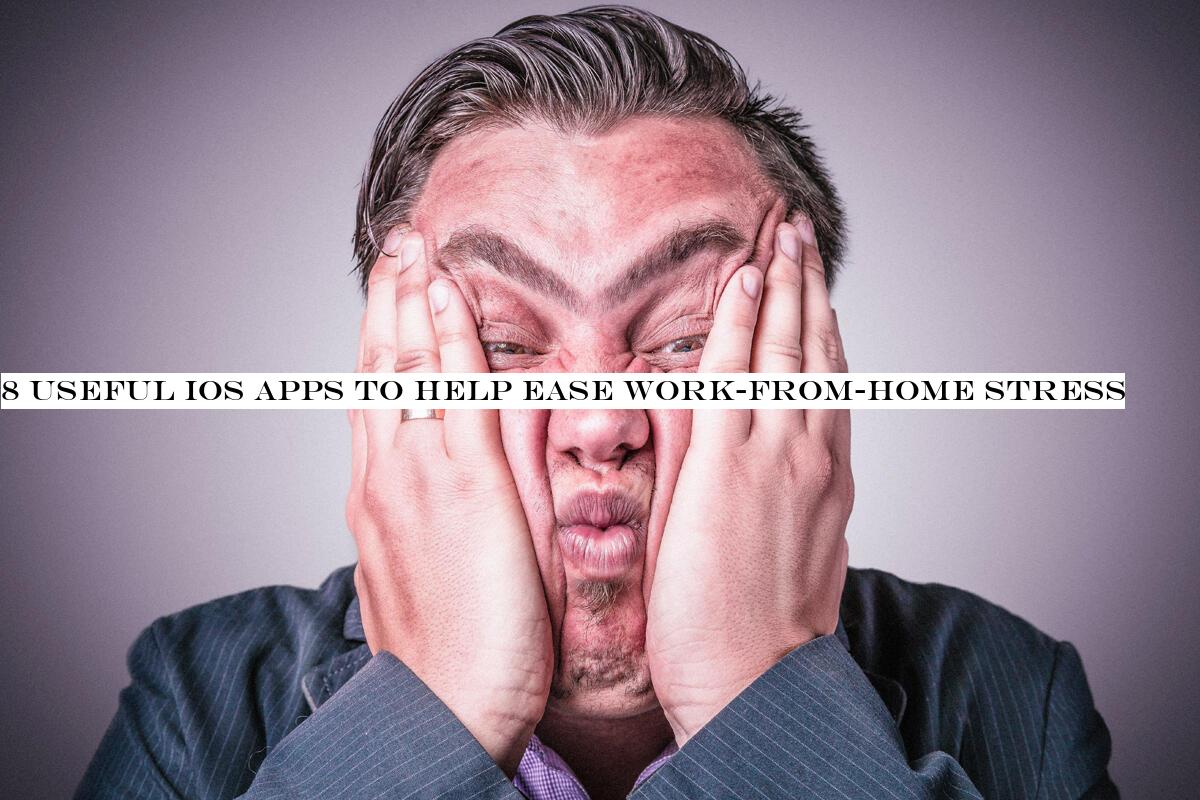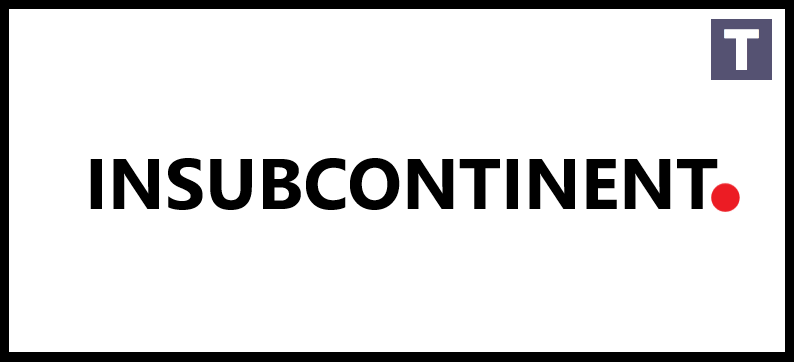Music
Trailers
DailyVideos
India
Pakistan
Afghanistan
Bangladesh
Srilanka
Nepal
Thailand
Iraq
Iran
Russia
Brazil
StockMarket
Business
CryptoCurrency
Technology
Startup
Trending Videos
Coupons
Football
Search
Download App in Playstore
Download App
Best Collections
Technology

I&m one of the roughly 5% of Americans who work full time from home. I&ve been doing it for 30 years now. If I could manage it with a 28.8K modem internet connection back in the day, you can do it today in the age of broadband.
Herehow.
Broadband: You need the internet to work successfully from home. The faster your connection, the better. If you live alone — or at least if you&re home alone during your normal working hours — and if your work is mostly text-based, a connection of just 5Mbps should be enough. But if itthe coronavirus thatkeeping you at home and you have a partner whoalso working online and kids with little else to do than stream Netflix or Disney+, you&ll need more, at least a 25Mbps connection.
To read this article in full, please click here
- Details
- Category: Technology Today
Read more: How to survive and thrive while working from home
Write comment (98 Comments)
Itthe 1980s, and legacy systems are already a problem. IBM is still shipping source code for big-iron internals, says this mainframe pilot fish.
&IBM discontinued supporting BTAM under CICS, but we had a major customer who communicated via CICS BTAM,& fish says.
Translation: The big customer uses the CICS transaction-processing system, and connects to it over telecommunication lines using the very old BTAM protocol — and IBM has just stopped supporting that approach.
Boss instructs fish to put BTAM support back in — after all, she does have access to the source code. Fish thinks thata bad plan, since changing internal mainframe system code is never a good idea.
To read this article in full, please click here
- Details
- Category: Technology Today
Read more: Memory-Lane Monday: Documentation just takes up too much space
Write comment (96 Comments)
I think some enterprise professionals who have never worked remotely will find doing so stressful. I hope this short collection of apps will help you through the experience.
It's important to note that remote working is improved when the people doing the work feel as good as they can in the circumstances they are in.
Try to relax: Buddhify
Given his ascetic lifestyle and deep veneration for the work of Yogi Paramahansa Yogananda, I&m willing to bet that AppleSteve Jobs practiced meditation. At times of stress, meditation can help you tune your mind, body and spirit into one frequency.
To read this article in full, please click here
- Details
- Category: Technology Today
Read more: 8 beneficial iOS apps to assist reduce work-from-home stress
Write comment (96 Comments)Regardless of how COVID-19 pandemic plays out in the coming weeks and months, italready been brutal for small businesses, with some of them forced close for public safety, while others are taking a big hit in both revenue and access to credit .
So Facebook announced today that itcreating a $100 million grant program for small businesses. Applications aren&t open yet, but the company says this will include both ad credits and cash grants that can be spent on operational costs like paying workers and paying rent. It will be available to up to 30,000 businesses in the the 30-plus countries where Facebook operates.
Facebook has also created a Business Hub with tips and resources for businesses trying to survive during the outbreak..
&We want to do more,& said COO Sheryl Sandberg in a Facebook post. &Teams across our company are working every day to help businesses. We&re looking at additional ways to host virtual trainings & and will have more to share in the coming weeks & and we&re finding more ways to help people connect and learn to use technology through Blueprint, our free e-learning training program.&
In addition, the company announced today that itpartnering with the Lenfest Institute for Journalism and the Local Media Association to offer a total of $1 million in grants for U.S. and Canadian newsrooms that need more resources to properly cover the pandemic. These individual grants will be up for up to $5,000.

- Details
- Category: Technology Today
Read more: Facebook announces $100M grant program for small businesses
Write comment (97 Comments)
Windows 10 is the best operating system that's come along from Microsoft in a long time. It's a shape-shifter that changes its interface depending upon whether you're using a traditional computer or a touch-based one. It undoes the damage wrought by Windows 8, including eliminating the awkward Charms bar and bringing back the long-mourned Start menu.
Handling Windows updates
OneDrive in Windows 10
The powered-up Windows Clipboard
To read this article in full, please click here
(Insider Story)- Details
- Category: Technology Today
Read more: Windows 10 cheat sheet
Write comment (92 Comments)With U.S. consumers asked to refrain from social gatherings and shelter-in-place at home due to COVID-19, media consumption is prepared to boom. Based on Nielsen data from prior major crises in recent U.S. history that forced consumers to stay home, total TV usage increased by nearly 60%. We&re not there yet, but consumption is starting to climb in the most impacted markets, the firm found.
For example, Nielsen saw a 22% increase in total TV usage in the Seattle/Tacoma metro last Wednesday, compared with a week ago. New York and L.A. are already seeing usage thatup by 8% during the same time. And for some demographics, usage is much higher.
Seattle teens home from school notched a 104% increase over this period, Nielsen found.
Total TV usage, to be clear, includes watching traditional live TV, DVR recordings, video-on-demand, and streaming services or other content through any TV set, game console or connected device.
But therepotential for TV usage to grow even further.
During a crisis, TV viewing booms as consumers ramp up media consumption to stay informed as well as to kill time.
Nielsen is not officially forecasting the COVID-19 pandemic will increase TV viewing to levels associated with historical crises. But it does note that U.S. consumers have traditionally turned to the TV during troubling times.
When Hurricane Harvey hit Houston in August 2017, for instance, Nielsenanalysis found a 56% increase in total TV usage during the impacted period compared with the preceding period. And during the severe snowstorm that hit New York on the weekend of Jan. 23, 2016, total TV usage was 45% higher during the Saturday of the snow event compared with the Saturday before.
These, of course, were isolated events of a limited during. The COVID-19 crisis is different because it doesn&t just affect one region, nor will it be over within a few days or weeks& time.
During these events, Nielsen said consumers stuck at home were tuning into feature films, news, and general programming.
Streaming, in particular, jumped by 61% during these periods.
The larger impact from COVID-19 could be from the newly remote U.S. workforce. Prior Nielsen data suggests that employees who work remotely Monday through Friday watch over three more hours per week of traditional TV, compared with non-remote workers, at 25 hours and 2 minutes vs. 21 hours and 56 minutes, respectively.
These changes to media consumption related to the COVID-19 crisis come at a time when the U.S. is already at a historical high for media consumption. Before the pandemic, U.S. consumers were already just shy of 12 hours each day with media platforms, and three-fourths of U.S. consumers are broadening their media options with streaming subscriptions and TV-connected devices.
Trends elsewhere in the world indicate COVID-19 will send users to stream even more.
In Italy and Spain, for example, first-time installs of Netflixapp were up 57% and 34%, respectively, according to Sensor Tower data.
In addition, live streaming across YouTube, Twitch, Facebook, and Mixer grew by over 66% in Italy between the first week of February and this past week, according to StreamElements, and viewers were watching nearly double the number of channels.
But brands looking to capitalize on the stuck-and-home audience may not find that their messages resonate or produce the actions they desire. Thatbecause brands are looking to increase sales for products and services, and many consumers won&t now risking leaving their home to spend.

- Details
- Category: Technology Today
Read more: Nielsen explains how COVID-19 could impact media usage across the U.S.
Write comment (93 Comments)Page 1223 of 1446

 12
12





